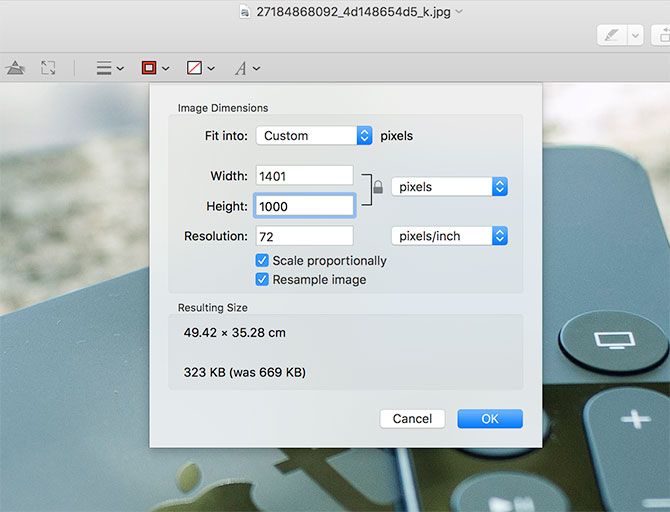
If you are designing a poster or anything to be printed, then you will need to know a few basic optimal formats and dimensions for your printed projects. Even experienced designers will need your design work in the correct format and dimensions according to your project.Once you have got past the design stage there is still the issue of actually printing your work.
Create A Focus Point
Every poster or printed materials should have a focus point. This will help communicate the idea of it better to your audience. Whatever the subject matter of your printed material it will always help to create your design around a focus point.
Make It Eye Catching
Make it eye catching. You will want to catch the attention of people with your design. Otherwise it doesn’t communicate the desired message that you wish for them to see.
Contrasts Colours & Typography
Contrasting colours and typography can help to create a visual experience that will not be forgotten. Bold typography will grab the attention of the audience too.
The aim of any printed materials is to communicate a desired message to a particular audience. It has to inform the person about whatever it is you are trying to portray to them. Such as a special offer, product launch, campaign, event etc.
Pay Attention To The Detail
Always pay attention to the details of any part of a design. Even more so with printed materials, as a mistake can cost you a lot of money. To keep things consistent, you should use a limited colour palette, keep a consistent style throughout and use consistent shapes and typography in your design. Ensure that you have pixel perfect font spacing, borders and font sizes throughout the design.
According to Jamie from Leeds Printing Company “Make your message clear and don’t make it too cluttered or any person will struggle to see the message you are trying to tell.”
Printing Formats
There are lots of formats that can be used in printing projects. JPEG which is the most common of them. You can adjust the compression level to the decrease the file size. With low compression setting JPEGs are great for printing projects and most probably why they are the most popular to use. PSD is Photoshop Document and is its default file format. Most printers will not recognise PSD files so you will need to convert to them JPEG. AI is Adobe Illustrators default image format. This is mostly used for vector image editing you can export the file in a variety of printable formats.
If you are designing large signs and banners EPS which is short for Encapsulated PostScript is the best choice of graphics format for high resolution printing of illustrations.
Avoid Low Resolution
Images that are low resolution print jagged and blurry. If you enlarge an image the resolution will decrease, reduce an image and the resolution will increase. Images which include text should be 400dpi (dots per inch) at the final size in the layout. Images should be 300dpi (dots per inch) in the final size in the layout of your printing project.